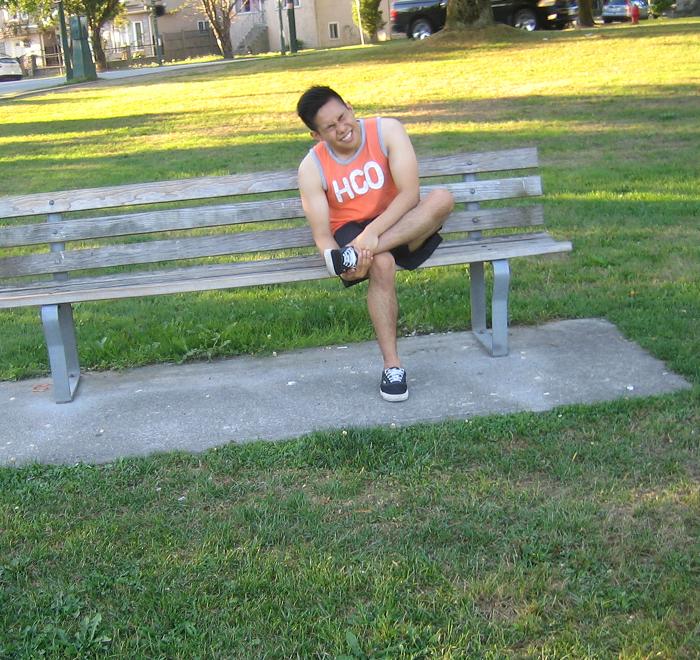A bruised heel can be flesh bruise or a bone bruise with fracture of the calcaneus. The heel bone is the largest bone in the foot. It is also called calcaneus which bears all the weight of the body when standing, walking, running and jumping. The heel is susceptible to injuries than the other bones of the foot.
[youtube url=”https://www.youtube.com/watch?v=lmvq3FShu-s” width=”220″]Most common injuries caused by sports is spraining of the ankle, but a bruised heel is also common and cause severe pain and result to difficulties in performing activities and regular daily routines.
Symptoms of a bruised heel
- Swelling in and around the heel area
- Pain while running, jumping and walking
- Pain while standing for a long time
Swelling in and around the heel area - Sensation of tenderness in the affected area, especially when pressure is applied such as pressing the affected area with the fingers.
- Displacement of the fat pad which covers the heel bone which leaves an area in the heel bone without cushioning protection and there is a flattened area in the heel.
Causes
- A bruised heel can be caused by repetitive movement. A layer of strain on the heel over time can result to injury. Repetitive movement such as walking and running long distances at a single stretch are examples.
- Sudden impact caused by landing too hard on the feet especially on hard surface. Athletes performing jumping events are at high risk of developing bruised heel.
- Landing on the heels from a significant height
- Improper footwear for a certain physical activity
- Being overweight
- As the person ages, the bones become brittle especially when deficient in calcium or calcium is not properly absorbed in the body.
- Walking and running barefoot
Treatment
- Take plenty of rest especially the affected heel to promote fast healing of the area.
- Apply an ice pack on the affected area at least 20 minutes at a time to prevent frostbite on the skin that surrounds the heel bruise. Avoid applying the ice directly on the skin. Wrap the ice in a towel or facecloth before placing it on the affected heel. Apply the pack on the area every 2-3 hours for 2-3 days to lessen the swelling and pain. Another way is soaking the foot in a foot tub filled with several ice cubes.
- After 2-3 days of cold therapy, apply heat for another 2-3 days. An electric heating pad or an electric blanket can be used on the affected area. Another way is to soak the affected heel in a bucket filled with hot water that can be tolerated.
- Use crutches when walking and also when performing certain athletic activities to keep all the body weight on the affected heel.
FACT CHECK
https://www.nhs.uk/conditions/heel-pain/
https://www.healthline.com/health/bruised-heel
https://www.epainassist.com/sports-injuries/foot-and-heel-injuries/bruised-heel

